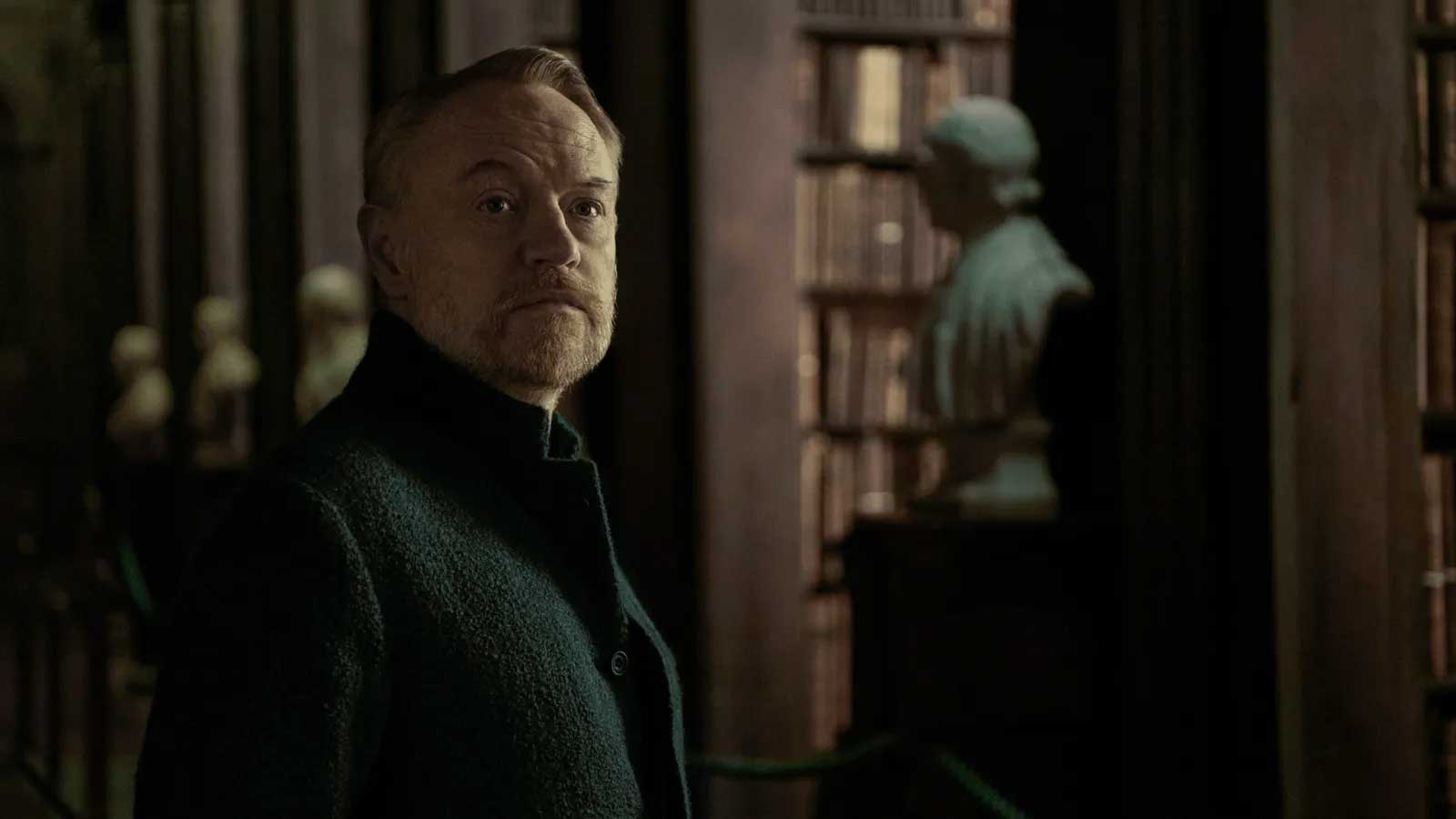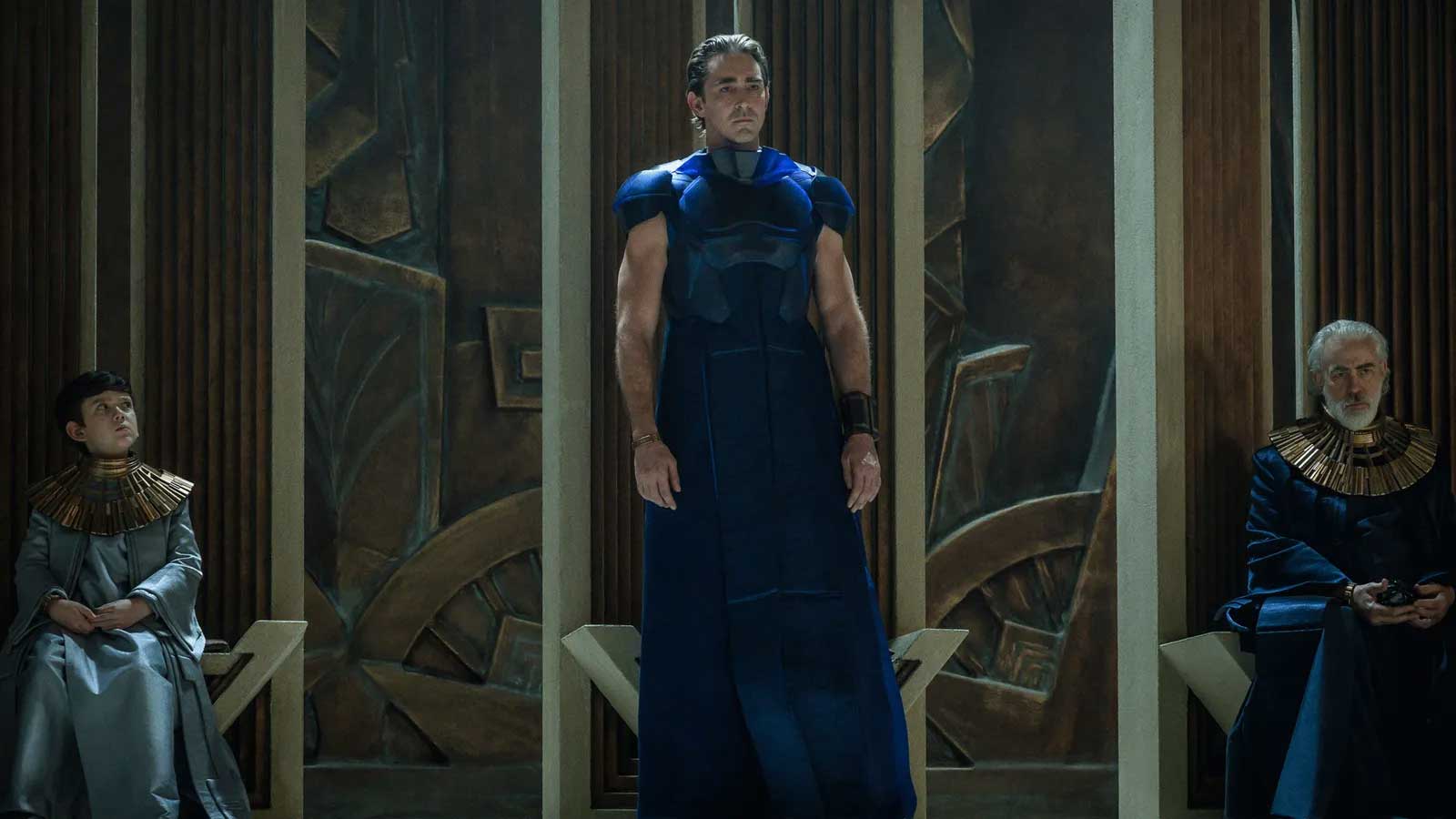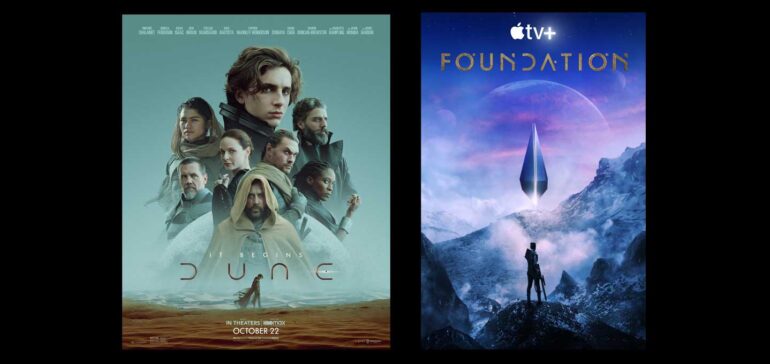Fall 2021 has truly been a momentous season for science fiction, with two of its seminal stories taking the spotlight, in theaters and on streaming. The most famous books of Frank Herbert and Isaac Asimov—two of this genre’s most celebrated authors—have been visually adapted and released on the big and small screen, respectively.
Reading this, you’ve likely watched Dune: Part One, that widely premiered in over 80 regions over the course of September and October 2021. It’s the first of a two-part movie adaptation of Herbert’s classic novel, directed by Denis Villeneuve (Arrival, Blade Runner 2049), with Dune: Part Two scheduled for release in October 2023.
During this same period, Asimov’s award-winning Foundation series has been released as a 10-episode TV series, exclusively on Apple TV+. The first two episodes started streaming on September 24, 2021 and the finale premiered on November 19.
The Foundation trilogy was published 15 years before Herbert’s original Dune novel. While both are now considered canonized classics of science fiction, few realize that the latter was written as a counteraction. With the 2021 adaptation of Isaac Asimov’s series for Apple TV+, I will explore how Frank Herbert was influenced by the former, however wrote his book as a critical response to Foundation‘s futuristic vision. This analysis contains some spoilers for overall plot of these two respective books.
Epic Scale
The scale of Asimov’s Foundation is so vast, it approaches the incomprehensible. We are talking about a civilization made up of millions of habitable worlds and billions of citizens, all ruled by one central government. One of the devices Asimov used to create this scale was to include a relevant quote, in each chapter heading, from an equally mind-bending creation, the Encyclopedia Galactica. Those references give the reader a sense of historical depth and detailed world-building.

Herbert used this same device in Dune. He began each chapter with quotes from the historical accounts of the Princess Irulan, daughter of Emperor Shaddam IV and future wife of Paul Atreides. Irulan’s quotes provide a rich and often personal perspective on the book’s reluctant hero and his development.
Age of Galactic Empires
Herbert and Asimov placed their civilizations within our universe, however they are set thousands of years in the future. Not ten, twenty, or a hundred, but thousands of years.
They both created empires that feel familiar because they draw from our own history. Asimov’s Galactic Empire closely resembles the Roman Empire, including its slow decline and fall. Herbert’s empire is a unique mix of Arabic culture and medieval feudalism set among the stars.

The early civilizations in Dune and Foundation are strikingly similar. Both civilizations experience a dramatic change due to political corruption, proliferation of technology, and oppression of very freedom that made them successful. However in the former, this occurs thousands of years before the novel begins. The struggle and chaos that ensues is nearly the same in both series.
Missionary Work
The similarities of Dune and Foundation go beyond the theme of restoring civilizations. In fact, the way the empires are reinstated is similar. Herbert and Asimov both deploy a religious organization from a primitive world to lay the groundwork for the new empire.
Asimov launches a crusade from Terminus, a backward planet on the edge of the empire, to create a “religion of science” which aims to establish a “prophet” (Hari Seldon) whose commandments will guide humanity back to a state of “Earthly Paradise.” Herbert uses the ‘Missionaria Protectiva’ to plant a messianic legend among the Fremen on Arrakis, which prepares the way for a new civilization under the leadership of the prophet-like Paul Atreides.
Interstellar Traders
In addition to aforementioned missionaries, the trade organizations in each story are nearly interchangeable. In Dune, those traders are the Spacing Guild. This highly organized and powerful organization holds a monopoly on interstellar travel. All the Great Houses are completely dependent on the Guild to transport anyone or anything between worlds. Unlike Asimov’s traders, Herbert’s Guild is dependent on the addictive spice melange which gives them their unique ability to safely navigate between the stars.

In Foundation, the traders transport missionaries, spread new tech and eventually ascend to the central position of power. In Herbert’s series, a member of the Guild nearly succeeds in replacing Paul Atreides as the Emperor in Dune Messiah.
Clash of the Titans
It’s not difficult to see Asimov’s influence on Herbert. However, the former’s most important influence may have stemmed from the latter’s vehement disagreement about the future of humanity depicted in Foundation. In the 1960’s, Asimov accused the ‘new wave’ of science fiction writers (which included Herbert) of intentionally removing the science from science fiction. He saw this as a reflection of an underlying desire to dismantle society and rebuild it. The author felt this reckless and irresponsible attitude would lead to societal chaos.

Herbert fought back with a critical analysis of Asimov’s assumptions. Asimov’s future society is controlled and manipulated by psychologists who carry out a one-size-fits-all solution to save humanity.
Herbert’s Jihad
The idea that the future of the human race could be saved by psychologists who maintained a single model of a functional society did not work for Herbert. He saw this vision as a violation of personal freedom and a restriction of human ingenuity. Herbert believed there were many different models of a society, a species, or an individual. This intellectual divide may have been the impetus for him to take a fundamentally different approach to his own world building.

Herbert’s essays written in the 1970’s were a clarion call to reverse the future vision in Asimov’s Foundation. In one essay, Herbert called writers to look at the science fiction bestsellers, pull apart the assumptions, turn them over and put them back together again. That is exactly what he did with 1965’s Dune and rest of the series that followed.
Planets Align
The interrelation of these two series is stronger than we realized. Asimov’s grand-master status is irrefutable, and his imagination influenced much of what we know as science fiction today. The evidence shows that Foundation had a significant impact on Frank Herbert’s work. Gratefully however, Herbert expanded on Asmiov’s creative vision and the result is Dune. Science fiction evolved, as a result of these two authors’ strongly held and opposing views of the future.

Long-time fans of these two science fiction classics are thrilled both books have been adapted for the screen, in a time when technology allows their rich imagery to be fully realized. The fact that both these adaptations have been released within a month of each other could rekindle the same debate that Asimov and Herbert had, over 50 years ago. Which vision of the future do you prefer?





